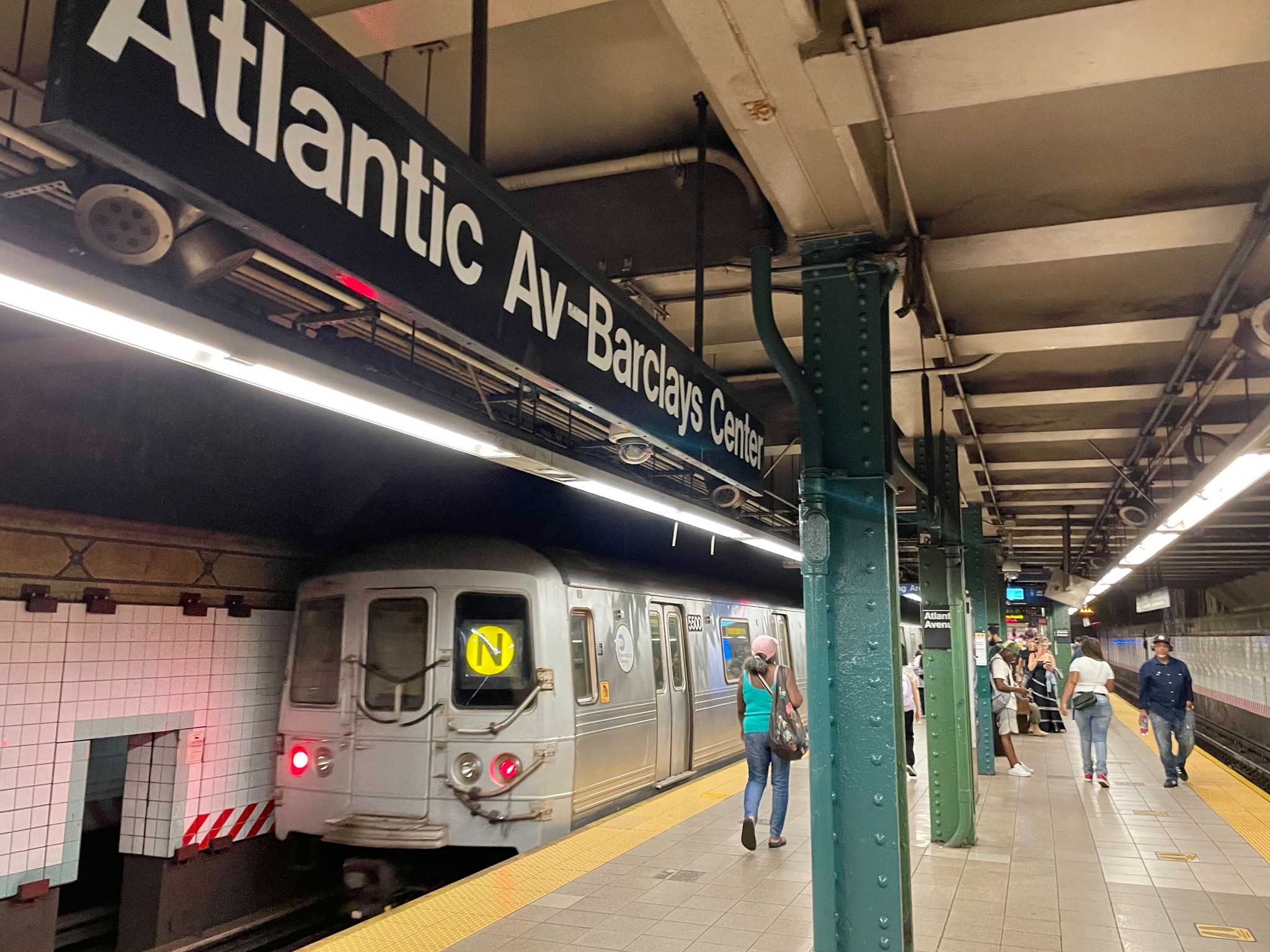 The U.S. Department of Transportation’s Federal Transit Administration (FTA) announced that USD 9.9 billion in federal formula funding, to improve transit systems across the country.
The U.S. Department of Transportation’s Federal Transit Administration (FTA) announced that USD 9.9 billion in federal formula funding, to improve transit systems across the country.
“When we invest in public transit, we improve daily life for millions of Americans across the country, and make it easier, safer, and more affordable to get around communities of every size. The Biden-Harris administration is making the largest investment in public transit in U.S. history, including USD 9.9 billion announced, to help communities improve public transit and expand it to reach more people than ever before,” the U.S. Transportation Secretary Pete Buttigieg said.
These investments will help people get to work, school, and wherever else they need to go more quickly and affordably. The funding will help communities maintain and operate trains, buses, and ferries; upgrade stations and tracks; plan and design new transit corridors; and provide access for seniors and riders with disabilities.
The partial-year Fiscal Year (FY) 2024 funding is detailed in apportionment tables that specify funding to states, urbanized areas, and Tribal governments based on statutory formulas.
“The Bipartisan Infrastructure Law provides significant increases to transit funds across the country, from counties with just one van providing rides to systems operating hundreds of trains, buses, and ferries in the largest cities in America. Communities depend on this funding to start new projects, fix old infrastructure, and bring more fast, safe, convenient service,’ FTA Acting Administrator Veronica Vanterpool, said.
This financing, part of the largest investment in public transit in U.S. history, is available to support public transport in communities throughout the country thanks to President Biden’s Investing in America agenda. This is the latest round of funding made possible thanks to the Biden-Harris Administration’s commitment to improve transit systems in communities of all sizes.
FTA distributes formula funds to state Departments of Transportation, Tribal nations, and urbanized areas.
Share on:



